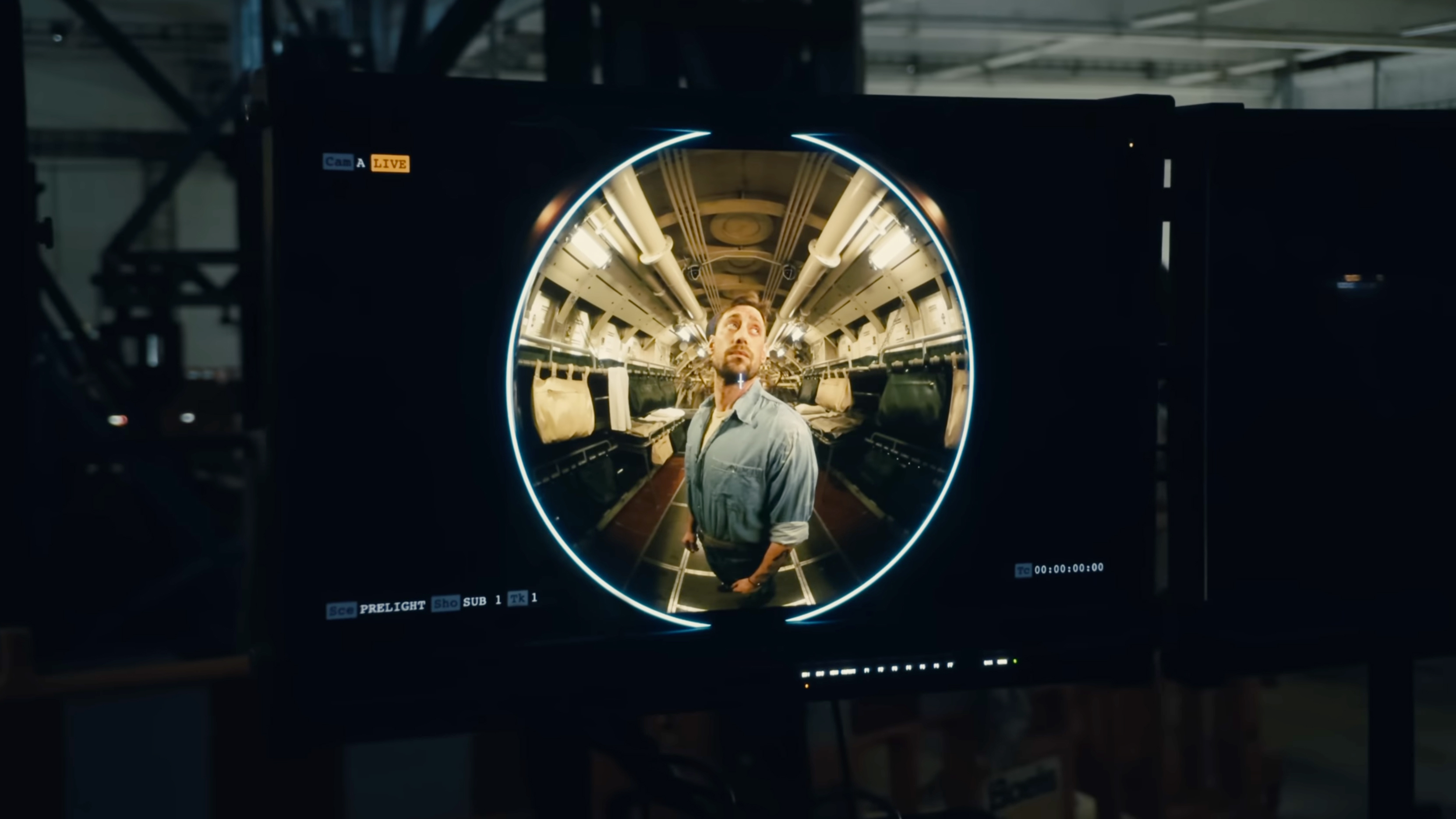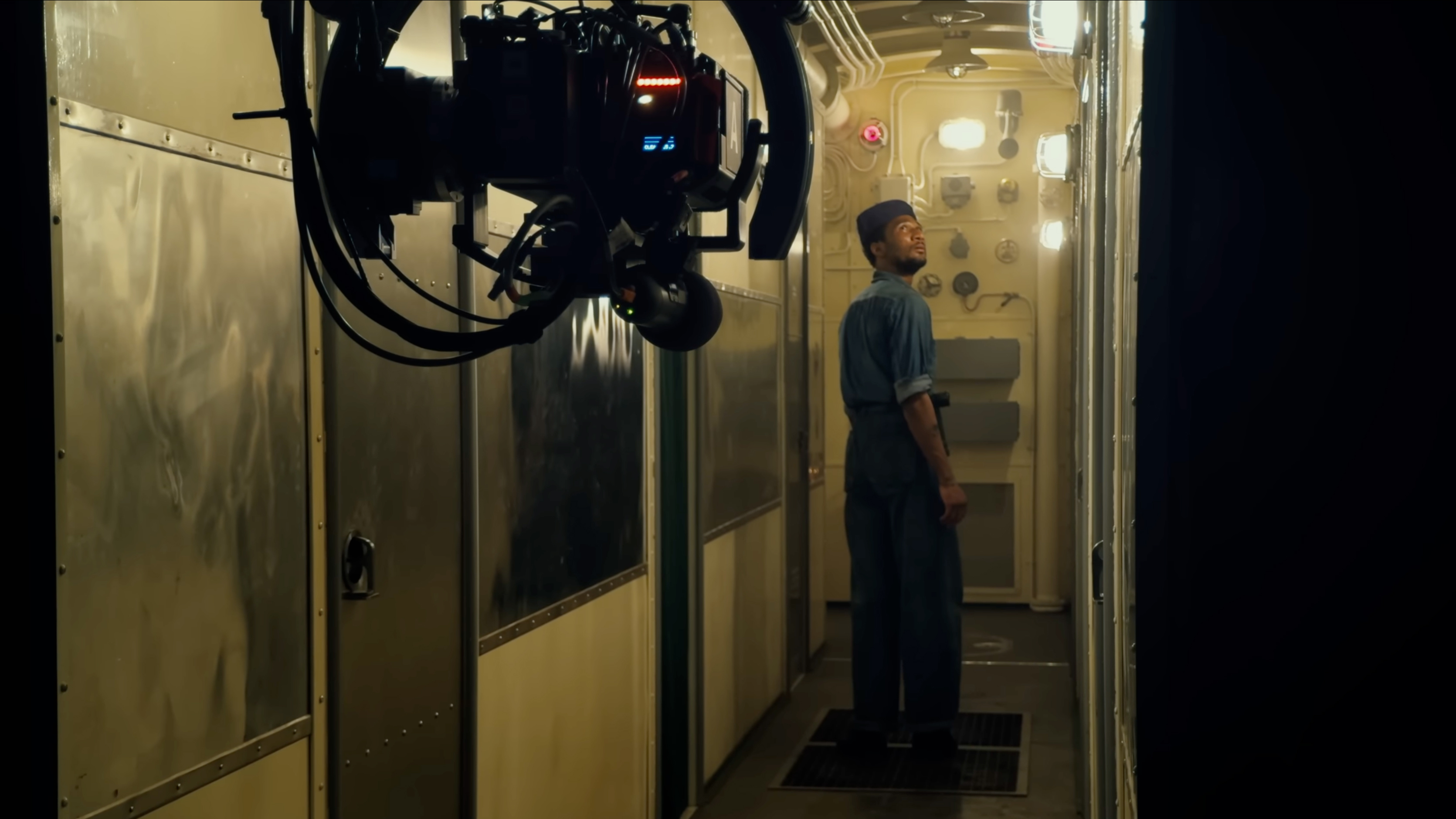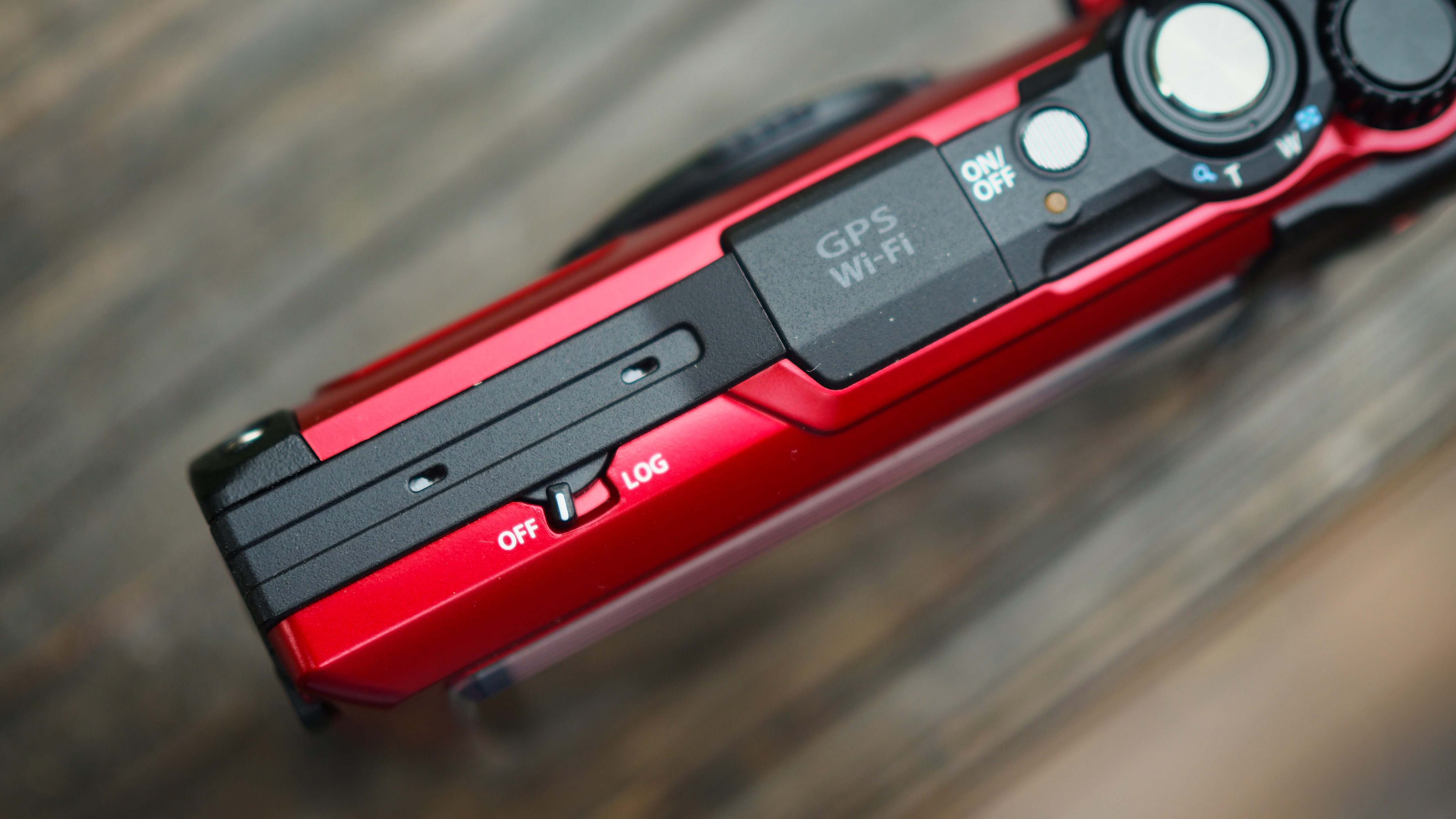"It's going to change the future of filmmaking!" This is how the first ever Apple Vision Pro movie was made
Is this really the future? Apple releases a fascinating look behind the scenes of the first scripted film for the Apple Vision Pro

Apple takes us behind the scenes showing us how it created its new Vision Pro thriller, Submerged.
The release of the Apple Vision Pro earlier this year promises to forever change the future of media consumption, and a particular focus has been on creating new immersive cinematic experiences. While we are not seeing an instant change, with companies like Blackmagic and Canon developing new products especially for the Vision Pro, it looks like it could be here to stay.
In a new behind-the-scenes video on Apple's YouTube channel, Academy award-winning filmmakers Edward Berger and James Friend take us on set to show us the entire filmmaking process for the Apple Vision Pro. You can watch the video below.
ABOVE: Watch the making of Submerged
Submerged is the first scripted film created for the Apple Vision Pro. Set on a submarine, it follows a Navy crew during the Second World War, featuring both tense emotion and jaw-dropping claustrophobic action. And, as the first time anyone has ever filmed in this cinematic format, it required innovative approaches.
"Everything we are doing here is the first time that anyone is ever doing it," says writer and director, Edward Berger.
"When you put on the Apple Vision Pro it does change the way you think about creating a story. It's a wonderful new medium that expands the horizon of storytelling because you're not watching a movie anymore, you're inside the story. It's going to change the future of filmmaking!"
The best camera deals, reviews, product advice, and unmissable photography news, direct to your inbox!

The format offers audiences an enhanced immersive experience, showcasing a 180° field of view, placing them in the middle of the scene. This naturally gives the viewer the ability to become a camera operator, choosing to follow a subject as they enter your peripheral vision and following them to the main focus point of the scene.
This immersive nature meant that extra considerations had to be made, such as authentic set design, sound, and integrating lighting into the set to ensure it didn't appear on the camera's extensive view. With 180° vision, the filmmakers had to consider the intricate camera movements needed in such a confined space, needing to make sure that a track or dolly wasn't picked up on camera.
"I have worked a lot with the art department to create places within the set where we can hide a lot more of the mechanisms for moving a camera than we would on a normal shoot," says key grip, Guy Bennett says. "It really opens up so many opportunities to immerse the viewer in such an amazing world."
As someone who initially questioned the Apple Vision Pro as a way to consume cinema, I am now extremely excited to experience this innovative and immersive form of visual storytelling. Apple recently released a schedule for new shows, films, and TV experiences for the Vision Pro, and I wouldn't be surprised if we see some incredible horror movies announced as that could be revolutionary to the genre!
Check out our guides to the best VR headsets, the best 360 cameras, and the best cinema cameras.

Kalum is a photographer, photo editor, and writer with over a decade of experience in visual storytelling. With a strong focus on photography books, curation, and editing, he blends a deep understanding of both contemporary and historical works.
Alongside his creative projects, Kalum writes about photography and filmmaking, interviewing industry professionals, showcasing emerging talent, and offering in-depth analysis of the art form. His work highlights the power of visual storytelling.

